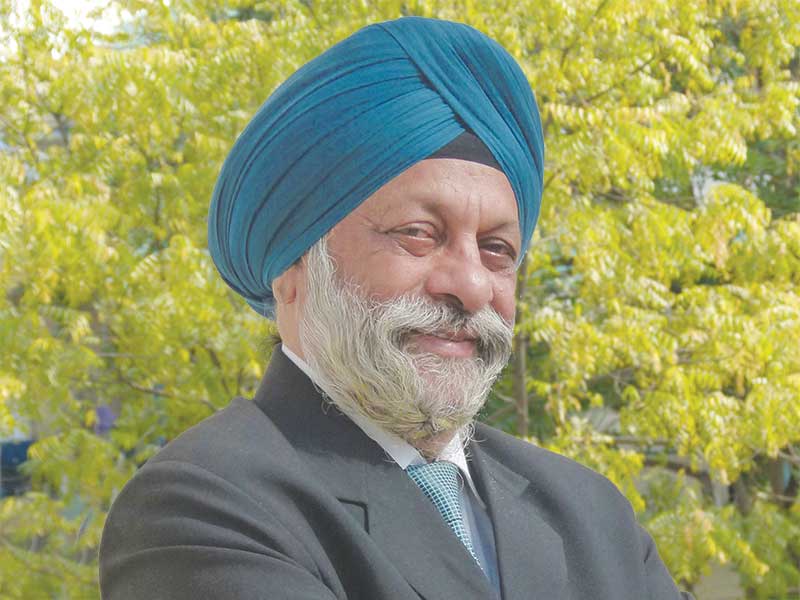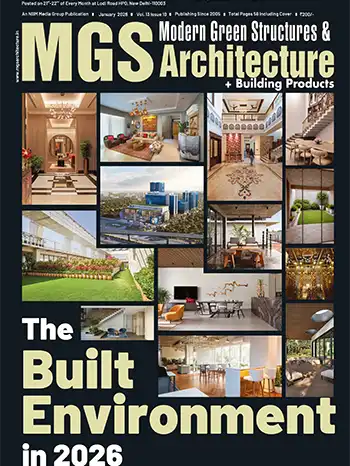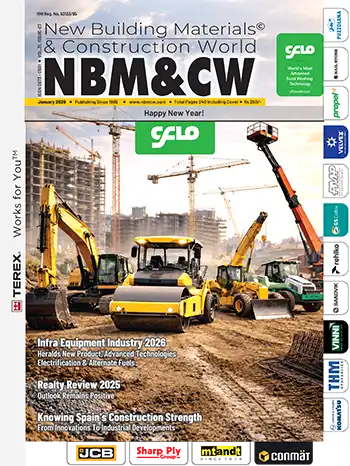The concept of creating large educational and institutional campuses designed and visualized to look beyond net zero as completely independently off the grid habitats, wherein all the water and energy resource management, and zero liquid and solid waste management are the prime concerns, in addition to development of own agriculture, forestry, animal husbandry, poultry, etc., so as to not to import anything from outside, is much talked about, but creating such human settlements need an extensive interface between the will of the client, the architects vision, and the engineering innovation to complement each other for creating such eco-friendly net zero developments.
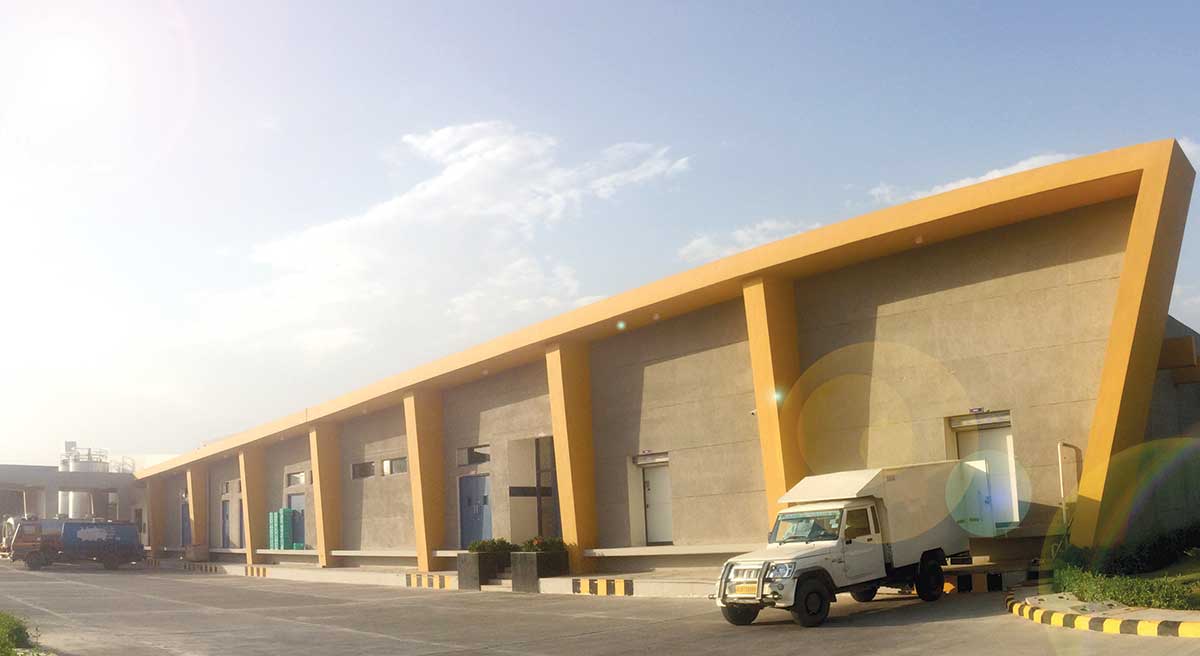 Rufil Jaipur
Rufil JaipurThe perception of the human mind in terms of creating an industrial outfit has always been to create most economical structures, irrespective of the visuals, surroundings and environments. During my 5 decades of practice, the concept has grown and developed and is becoming a new reality under the expertise of Ar. Gurpreet Singh Shah, as can be seen in industrial projects like the Amudham Dairy Plant, Bharat Electronic Factory, Centre of Excellence Rwanda, RUFIL Dairy, Sabare International Limited, NDDB Dairy Plants at Bihar Sharif, Chennai, Jaipur, Mohali, Bhatinda, and many more.
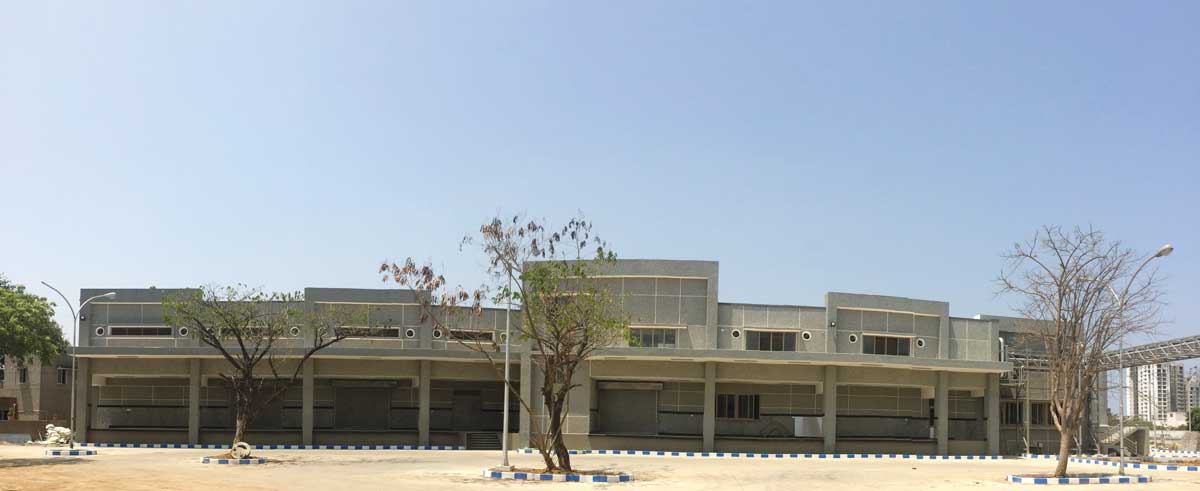 Chennai Dairy Plant
Chennai Dairy PlantThe Amudham Dairy Plant in Erode, Tamil Nadu, is the biggest milk plant in India in the private sector. It is the first Indian industry approved by the New Zealand Dairy Development Authority. The design brief mentioned the requirement of a main factory building and the administrative complex with residential accommodation for the workers and visitors. The time span for the construction was restricted to 11 months, including installation of the plant and machinery.
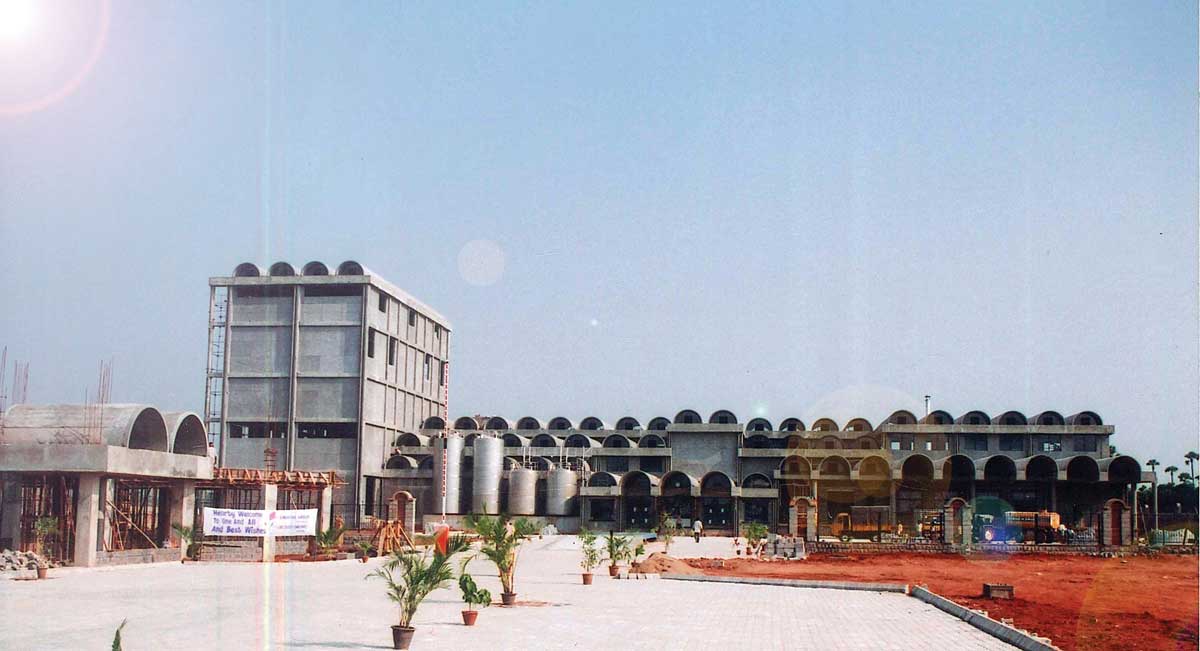 Amudham Front View
Amudham Front ViewThe north-south orientation of the design ensures that the blocks get continuous glare-free light throughout the day. The blocks ensure optimal functional efficiency, which is achieved by providing clutter-free circulation by our adherence to clear-cut zoning, and thereby, minimizing interference of different activities. All the procurements are made from the front side via the silos and dock, which are also present at the rear side for dispatching the products. Between the rear and front docks are the activity areas where processing and packaging are done. Cold storages are secluded and have restricted access due for maintaining a hygienic environment.
The physical passive strategies along with green architecture have been very effectively used in creating large industrial projects that go beyond net zero
Prof. Charanjit Singh Shah
Reduction in the energy consumption of the industry was the foremost agenda and, consequently, the built-up mass is orientated along the north-south direction, for maximum extrusion of glare-free light in the processing unit. Spaces that required more light had skylights made of glass, brick and polycarbonate sheets. This nullifies the need for artificial lighting during the daytime in the production and processing area.
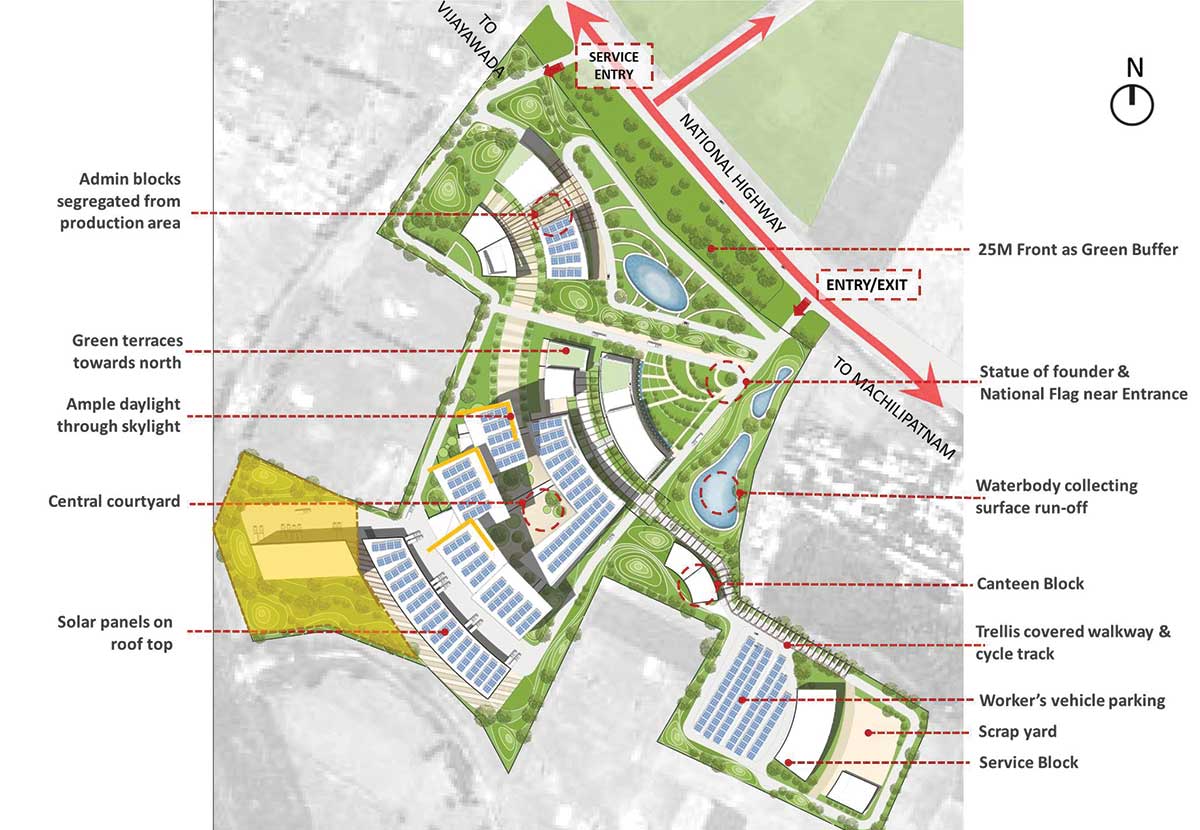 BEL factory site plan
BEL factory site planThe myth of extravagant cost of such net zero campuses have been understood and demonstrated through various cost-effective practices of physical planning, shape and size of the built mass, orientation of the built forms, envelope of the building, and also envisioning the project as per the terrain and topography of the land, wind direction, rainfall, probably even inclusive of cyclonic winds, for creating settlements near coastal areas as well.
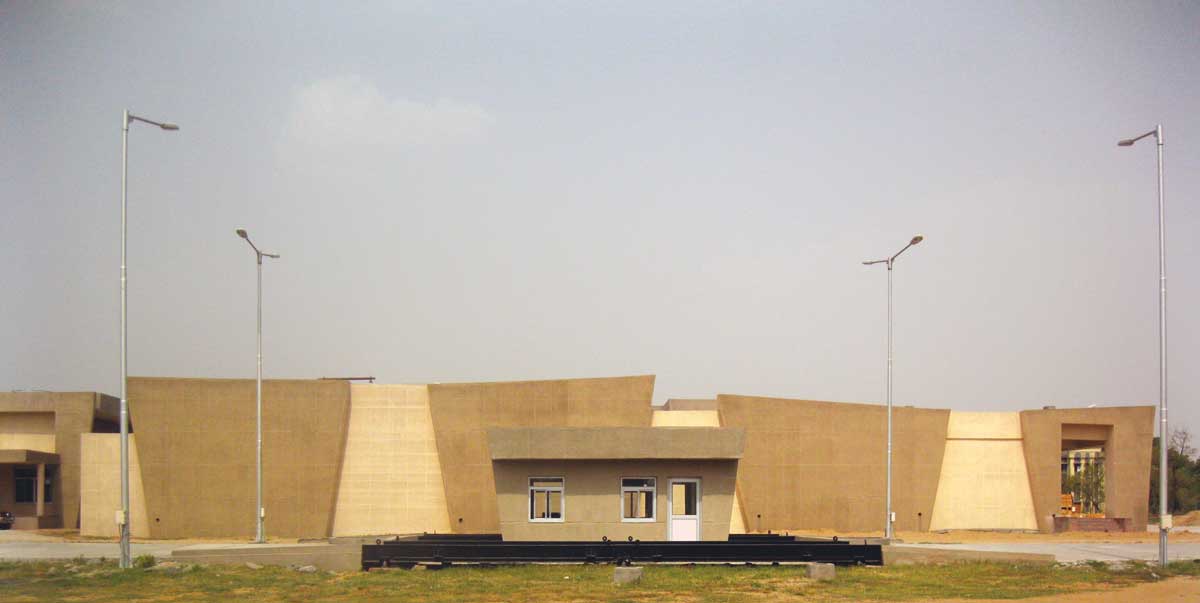 NDDB Bihar
NDDB BiharThe use of natural resources in terms of the wind velocity for wind mills, solar voltaic panels for solar energy, storage of storm water by creating stepwells, lakes, and water-bodies are some of the tools, which may appear expensive, but are the most cost-effective and helpful in resource management of the industrial projects. Effective use of industrial waste and other solid waste management in terms of creating energy and recyclable materials is a challenge that has been adopted by the large industrial projects with great effect.

